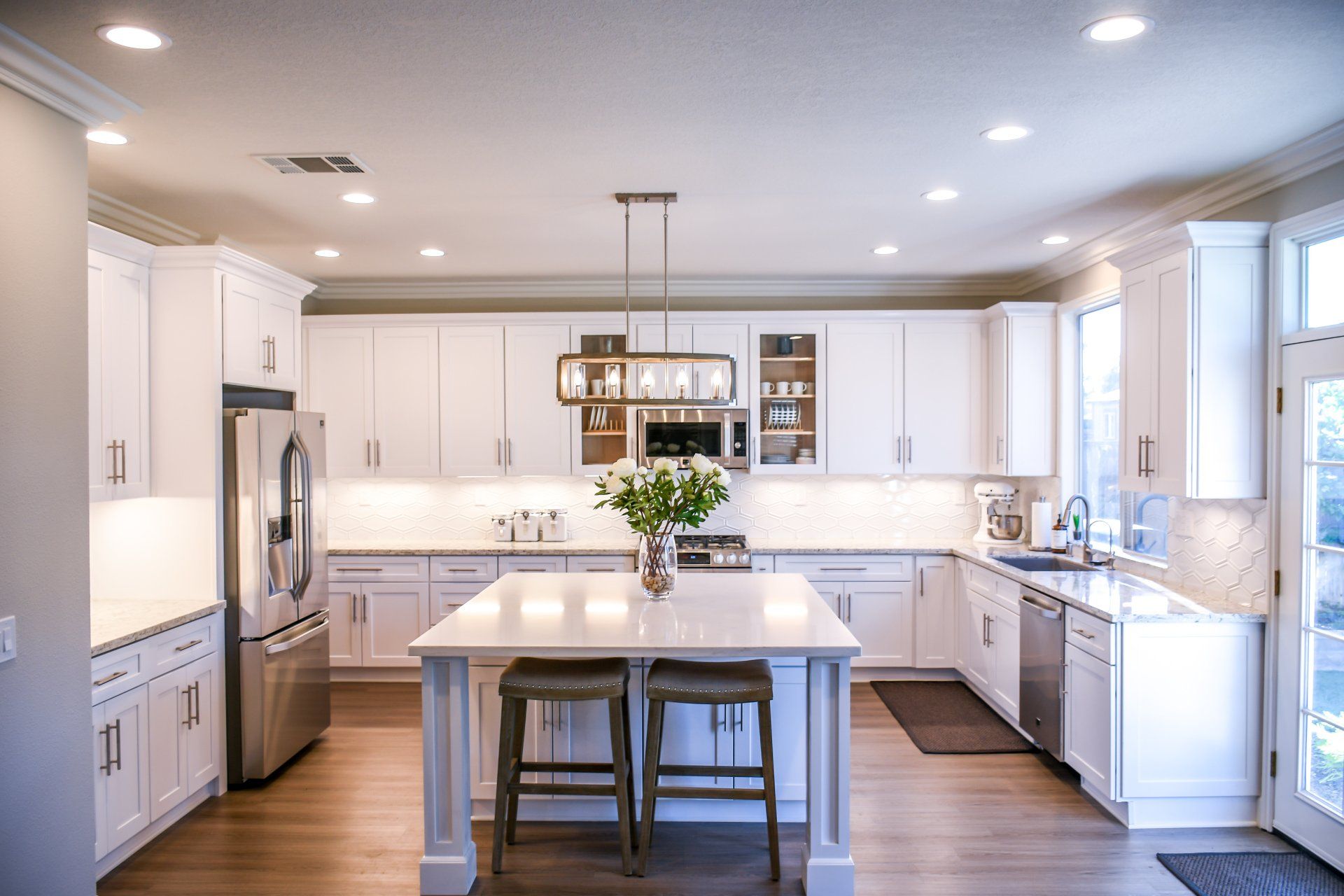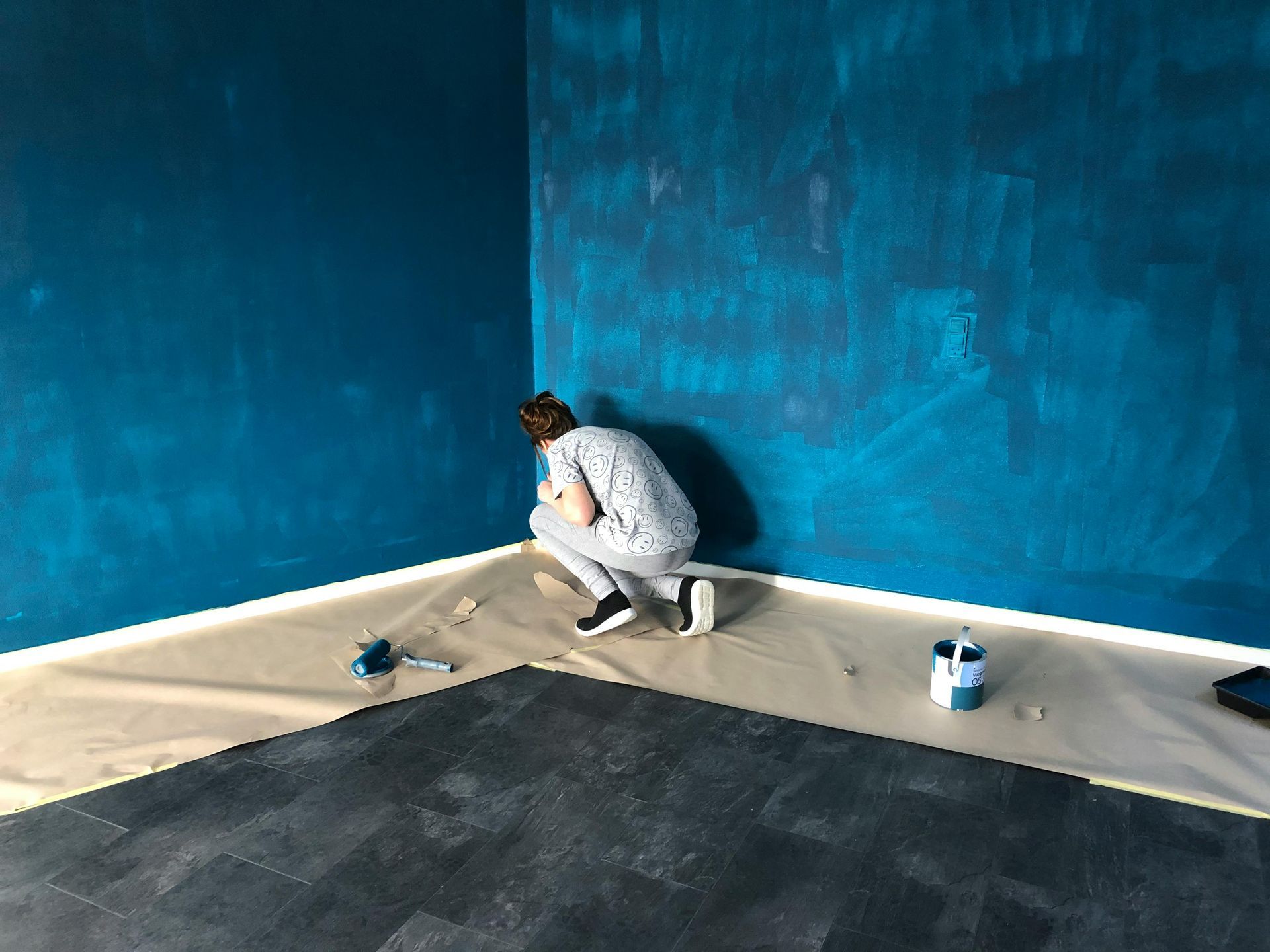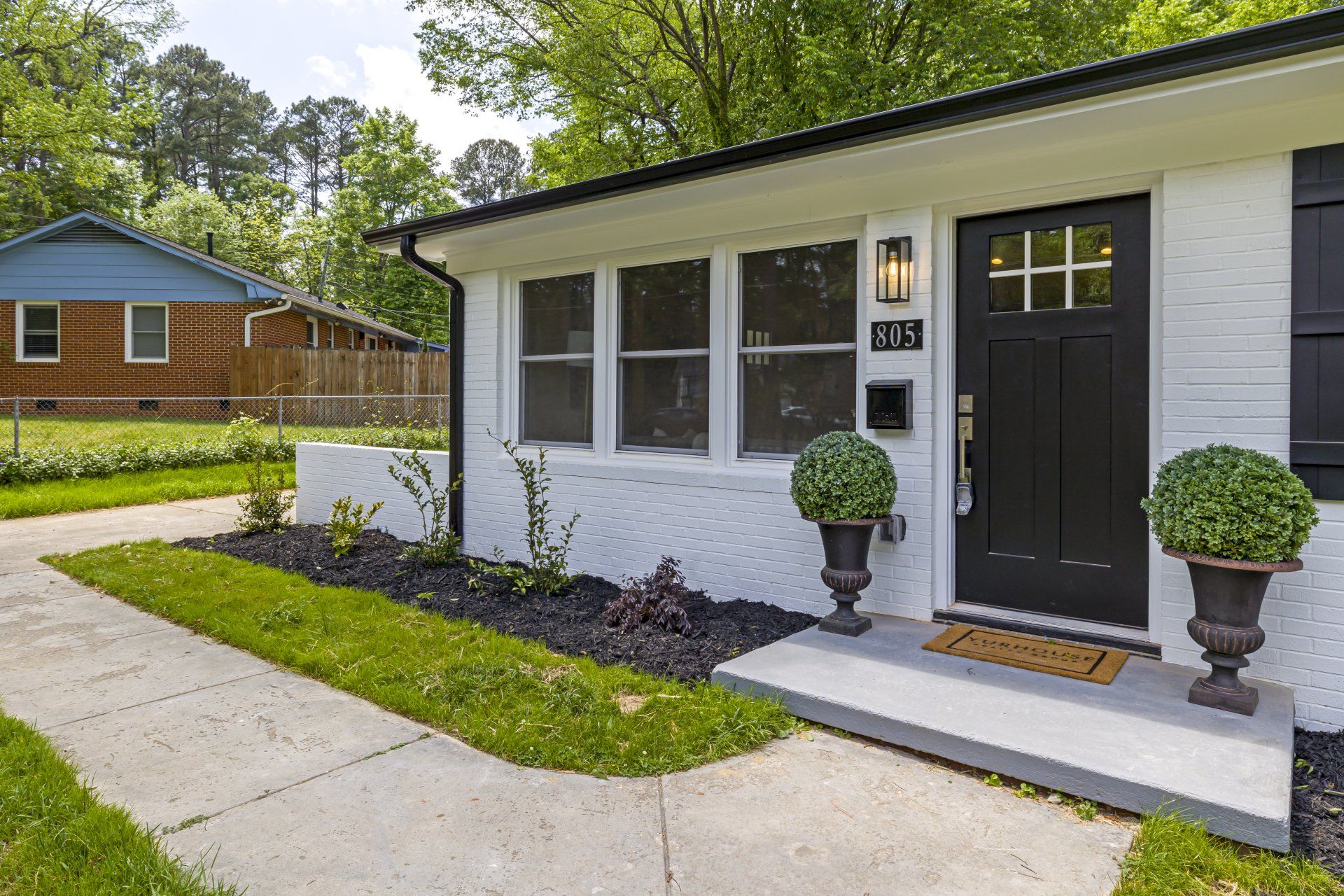Fall Home Maintenance Checklist

Fall Home Maintenance Checklist
As the days grow shorter and the air turns crisp, it’s time to transition your home from summer’s heat to winter’s chill. Fall is the perfect season to tackle essential maintenance tasks that will keep your home cozy, safe, and efficient during the colder months. Here’s a comprehensive fall home maintenance checklist to help you get started.
Inspect the Roof and Gutters
Roof
- Check for Damage: Look for missing or damaged shingles and signs of wear or leaks. A small issue can become a major problem if left unattended.
- Clean Debris: Remove leaves, branches, and other debris from the roof to prevent moisture buildup.
Gutters
- Clean Gutters and Downspouts: Clear out leaves and dirt to ensure proper drainage. Clogged gutters can lead to water damage and ice dams in winter.
- Check for Proper Alignment: Make sure gutters are securely attached and sloping correctly to allow water to flow freely.
Prepare Heating Systems
HVAC Inspection
- Schedule Professional Maintenance: Have your heating system inspected and serviced to ensure it’s functioning efficiently.
- Change Filters: Replace air filters in your furnace or heating system to improve air quality and efficiency.
Test Thermostat
- Check Settings: Ensure your thermostat is working properly and programmed for the upcoming season.
Seal Windows and Doors
Check for Drafts
- Inspect Weather Stripping: Look for any gaps or worn-out weather stripping around windows and doors. Replace as needed to keep cold air out.
- Use Caulk: Seal any cracks or gaps with caulk to prevent drafts and improve energy efficiency.
Clean and Store Outdoor Furniture
- Clean Your Furniture: Wipe down patio furniture and store it in a dry place to protect it from the elements.
- Prepare Grills: Clean your grill and cover it or store it indoors to extend its life.
Inspect and Maintain Outdoor Spaces
Yard Cleanup
- Rake Leaves: Remove fallen leaves to prevent mold growth and keep your yard looking tidy.
- Trim Shrubs and Trees: Prune overgrown branches to prevent damage during winter storms.
Check Exterior Lighting
- Test Outdoor Lights: Ensure all outdoor lights are functioning and replace any burned-out bulbs for safety during darker evenings.
Prepare for Winter Emergencies
Emergency Kit
- Assemble an Emergency Kit: Stock up on essentials like flashlights, batteries, blankets, and a first aid kit in case of winter storms.
Inspect Fire Safety Equipment
- Check Smoke and Carbon Monoxide Detectors: Test and replace batteries to ensure your detectors are working properly.
- Inspect Fire Extinguishers: Make sure fire extinguishers are accessible and fully charged.
Service Major Appliances
Refrigerator and Freezer
- Clean Coils: Dust off the coils behind or beneath your refrigerator to help it run efficiently.
- Check Seals: Inspect door seals for leaks and replace them if needed to keep your appliances energy-efficient.
Water Heater
- Flush the Tank: Consider flushing your water heater to remove sediment buildup, which can affect efficiency.
Completing these fall home maintenance tasks will help prepare your home for the winter months, ensuring comfort and safety for you and your family. By taking the time to address these important areas, you’ll not only extend the lifespan of your home’s systems but also save on energy costs.



